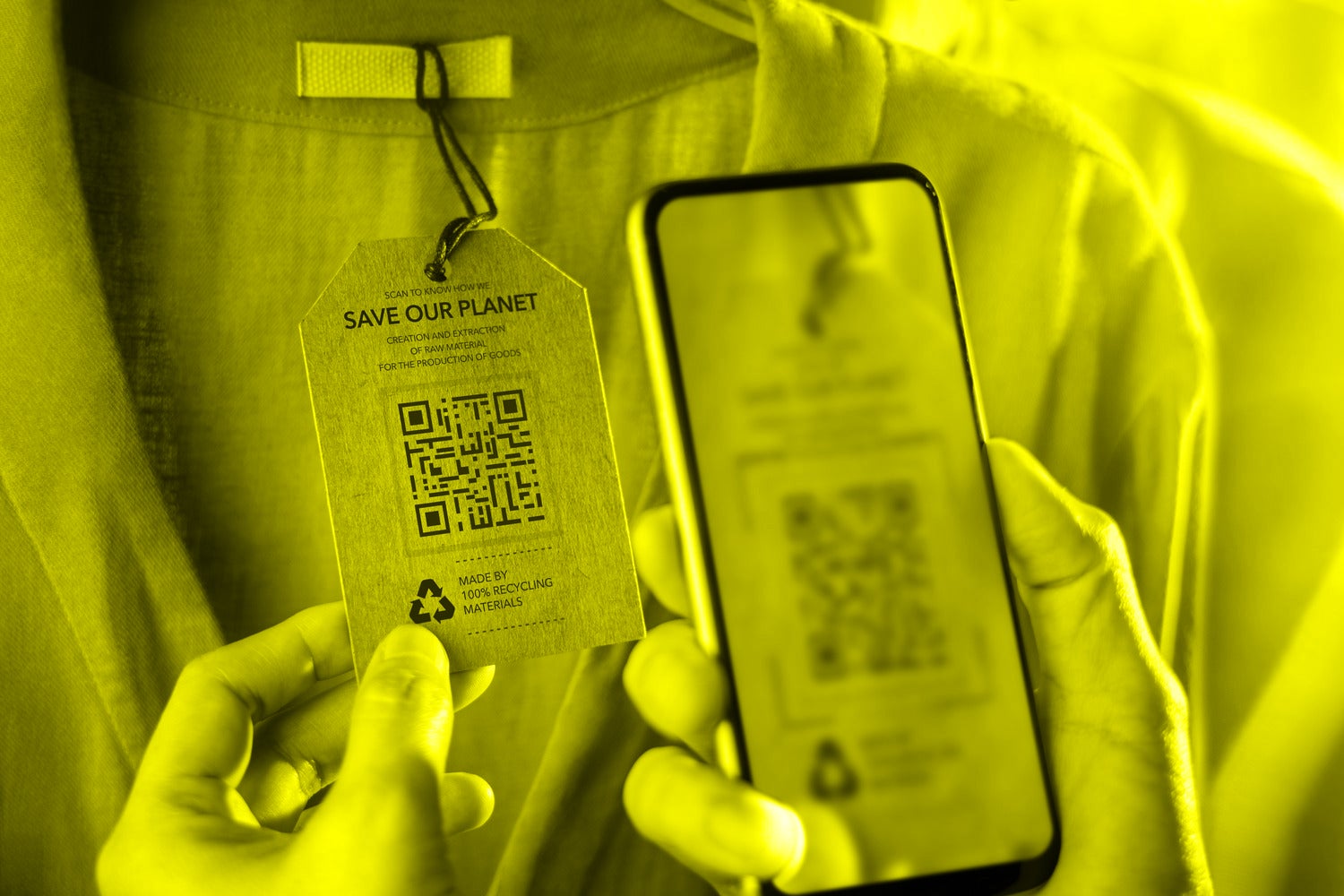This story has been updated. It originally published on Nov. 21, 2024.
’Tis the season for red ribbons and greenwashing. Holiday retail sales hit just under a trillion dollars across the U.S. in 2024, and forecasters have people dropping more than $1,000 on gifts this year. With that yuletide spree also comes a fresh quagmire of “eco” labels aimed at nudging sustainably minded consumers into buying more stuff with less guilt.
Companies are quick to capitalize on how well these seemingly green signals work. Telling shoppers that goods are gentle on the Earth or socially minded makes products sell disproportionately better than those without any sort of planet-happy label. Yet, half of the green claims in online markets—like calling items “conscious,” “eco-friendly,” and “sustainable”—have no evidence to back them up, according to an analysis from the European Commission.
Separating the bunk from any real sustainability flexes, however, can be daunting. “I think, sadly, the bottom line is it’s really hard for consumers,” says Tom Lyon, co-founder of the Greenwash Action Lab and professor of business in the University of Michigan School for Environment and Sustainability. The Federal Trade Commission (FTC) does publish GreenGuides aimed at safeguarding shoppers from spurious claims, but they’re more a compass for companies than customers—and the current version is also 13 years old.
The absolute easiest way to not fall into a greenwashing trap is simply to shop less, but we get that going full buy-nothing isn’t feasible, especially this time of year. Overall, though, curating a healthy level of skepticism, checking resources to fact-check claims, and knowing the biggest red flags can help. Here are the tools that can set you on the right path—and a guide to the signs that should set off your greenwashing alarm bells.
A greenwash-spotting tool kit
Your first line of defense against getting sucked in by false eco claims is tapping tools and databases from trusted orgs that have done the research for you. The Environmental Working Group’s Healthy Living app lets you check the bona fides of around 1,200 products. It allows you to scan food and beauty product barcodes to check for environmental hazards, and shows ratings based on health, safety, and ingredient transparency.
It can also be helpful to find a store whose commitments to sustainability you trust and stick with it for basics like toiletries and food, says Wren Montgomery, co-founder of the Greenwash Action Lab and professor at Canada’s Western University. Aldi, for instance, powers its stores and warehouses partly with wind and solar energy and claims that 75% of its store-brand packaging is recyclable, reusable, or compostable. And Wegmans has a range of sustainability initiatives around minimizing plastic. .
4 greenwashing red flags

As you browse these aisles of trusty stores and scan the labels for products, you may still encounter items where you need to fire up Google, consult other resources, and/or make judgment calls. These signs can help you spot potential greenwashing culprits before you check out.
1. Fake badges
Keep your eyes peeled for flourishes of design made to look like certifications of sustainability. Companies often create seals or badges that boast green bona fides without much (or any) substantiation. Take Benjamin Moore, the paint company, which settled charges with the FTC in 2018 for labeling its Natura paint line with a “Green Promise” seal. The problem? That designation was completely made up.
Though none of them is a sure-fire guarantee, better signals are available from third-party certifiers. A logo for 1% for the Planet is one of the strongest signals; companies that are part of this network agree to invest a portion of their earnings toward environment initiatives. A few others: Firms that earn a B Corp marker satisfy strict environmental and social standards, an Energy Star connotes a high bar of efficiency on appliances and electronics, and the Green Seal is a marker common on laundry and personal care products.
2. Vague labels
Beyond make-believe badges, brands often use fluffy words like sustainable, green, or environmentally friendly. These terms don’t have any specific meanings—or oversight about their use. That’s when your internal alarm should sound. “There can be the use of these words that essentially don’t have any meaning,” says Lyon.
This vaguery happens across multiple product sectors. Persil’s “kinder to our planet” laundry detergent is a guilty party, for example. Kohl’s and Walmart were also famously taken to task for bogus marketing around products made of bamboo-derived textiles—fabrics whose manufacturing released several hazardous pollutants.
3. Nature themes
Product packaging can also be rife with what’s called “visual greenwashing.” You’ve likely encountered this in dozens of forms: pictures of waterfalls on websites hawking carbon offsets, leaves on boxes of otherwise totally normal tissues, fields of green plants in fossil-fuel ads, even simple brown cardboard instead of something glossy. These signals can trick consumers into assuming a company cares about the environment based on aesthetics alone.
One famous case is H&M’s Conscious line, whose ads featured models frolicking through a lush green field in the brand’s “sustainable” clothing. Despite the dreamy visuals, H&M is one of the most egregious fast fashion brands and there’s no good backup about how sustainable the Conscious line even is.
4. Corporate incongruity
Think of this like a lesson in misdirection. A type of greenwashing called “selective disclosure” describes when companies promote their Earth-minded practices as a mask for the carbon-heavy skeletons in their closets. One big example? Look no further than Amazon’s pledge to ditch some plastic packaging. Awesome, but what about their growing carbon footprint and failed Shipment Zero project?
“I think that that [selective disclosure] is still the single most important form of greenwashing,” Lyon says. If something seems too good to be true, do a quick search for the parent brand’s environmental report card before adding it to the cart.

